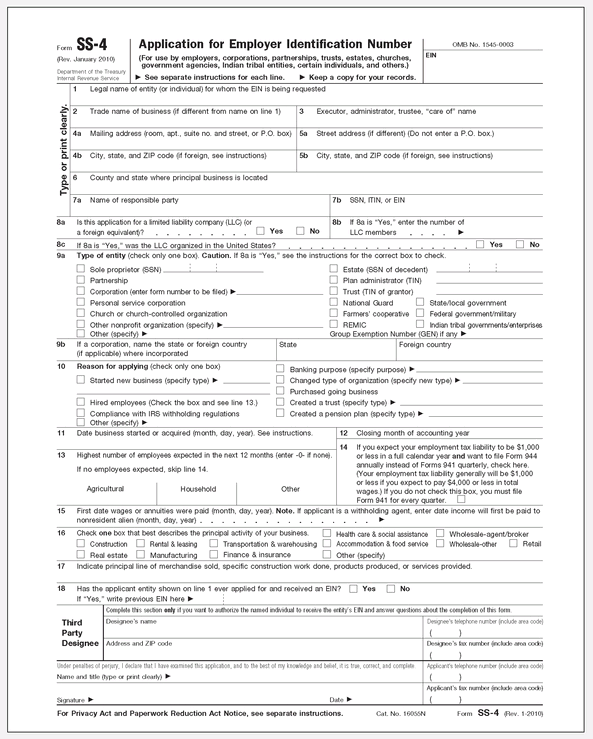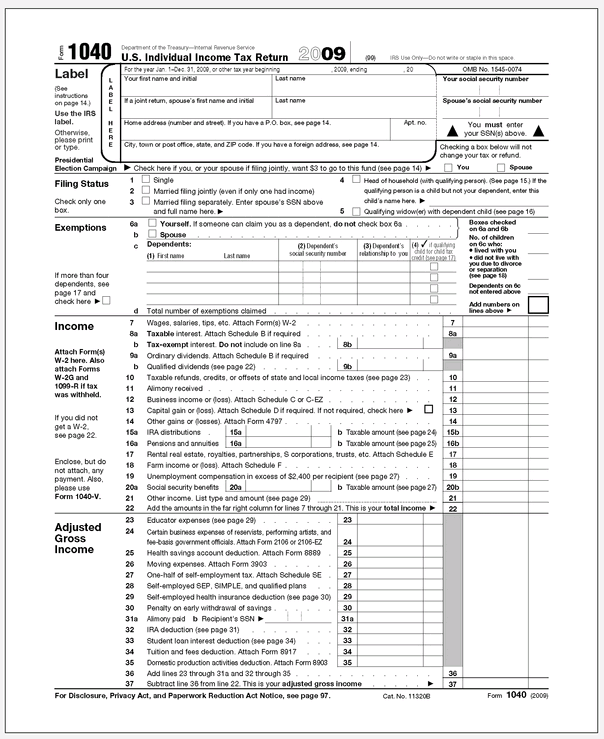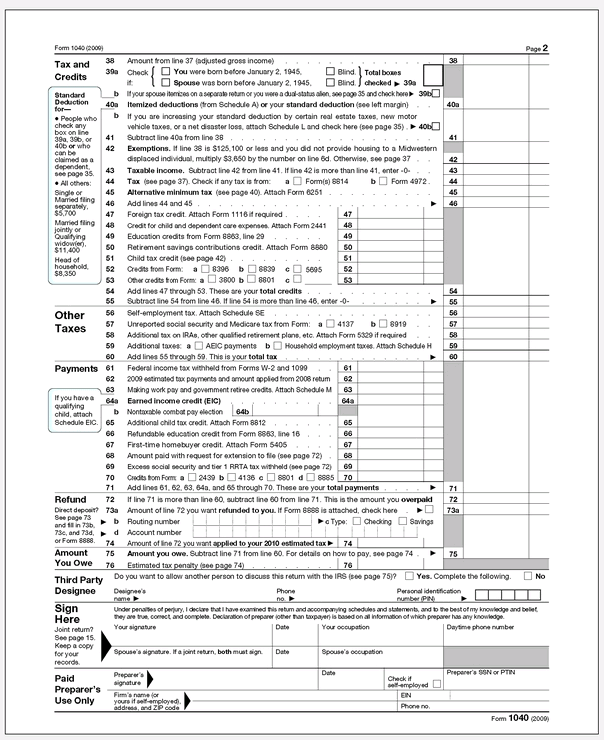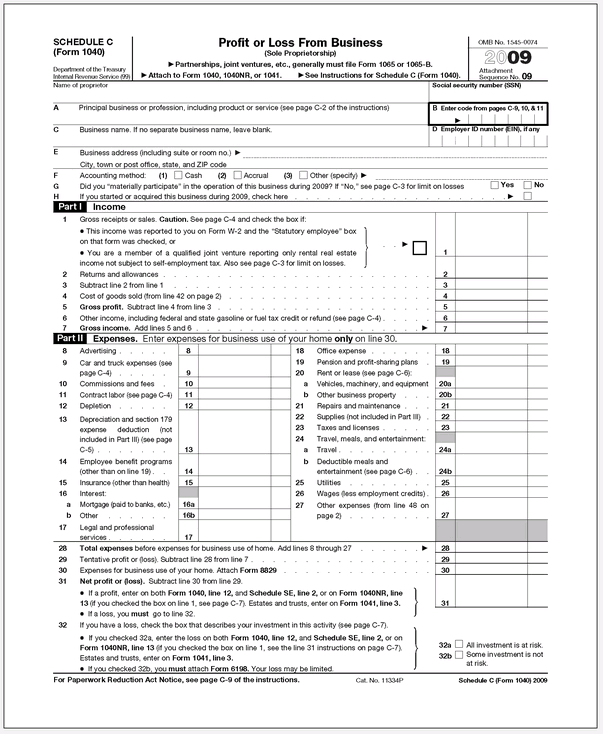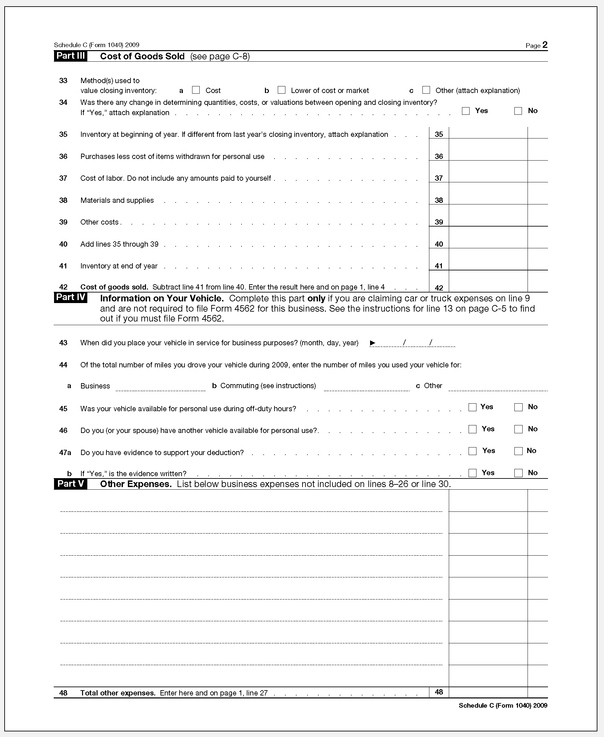CHAPTER 2
Forms for the Sole Proprietor
THE GOOD NEWS ABOUT STARTING A BUSINESS solo is that there are only a few forms you need to file to get started. Simply put, the sole proprietorship is essentially the simplest form of business. The definition of a sole proprietorship is that it’s an operation of one person in business for profit. The distinction between the sole proprietor and the business itself is that there is no distinction. This means that the sole proprietor’s personal assets are at risk for the debts, obligations, and judgments of the business.
To get your sole proprietorship off and running, the first thing to do is name your business and file a Fictitious Business Name Statement by registering the name of your business in the county where you do business. Refer to Chapter 1 to review the forms required to properly file the name of your organization.
This chapter provides a sample form SS-4, which provides a sole proprietor with an Employer Identification Number (EIN). Regardless of the number of businesses operated, a sole proprietor should file only one Form SS-4 and needs only one EIN. Once you receive your EIN, you can put it to use immediately. As a sole proprietor, an EIN enables you to open a bank account, apply for business licenses, and file your tax return.
When it comes time to pay taxes, sole proprietors use form 1040 just as one would to file personal income taxes. Refer to the Sample Form 1040 to view the information required by this form. In addition to Form 1040, we included Sample Form 1040 Schedule C, which must be filed to report income or loss from a business operated by a sole proprietor.
8. IRS Form SS-4, Application for Employer Identification Number
9. IRS Form 1040, U.S. Individual Tax Return
10. IRS Form 1040 Schedule C, Profit or Loss from Business
